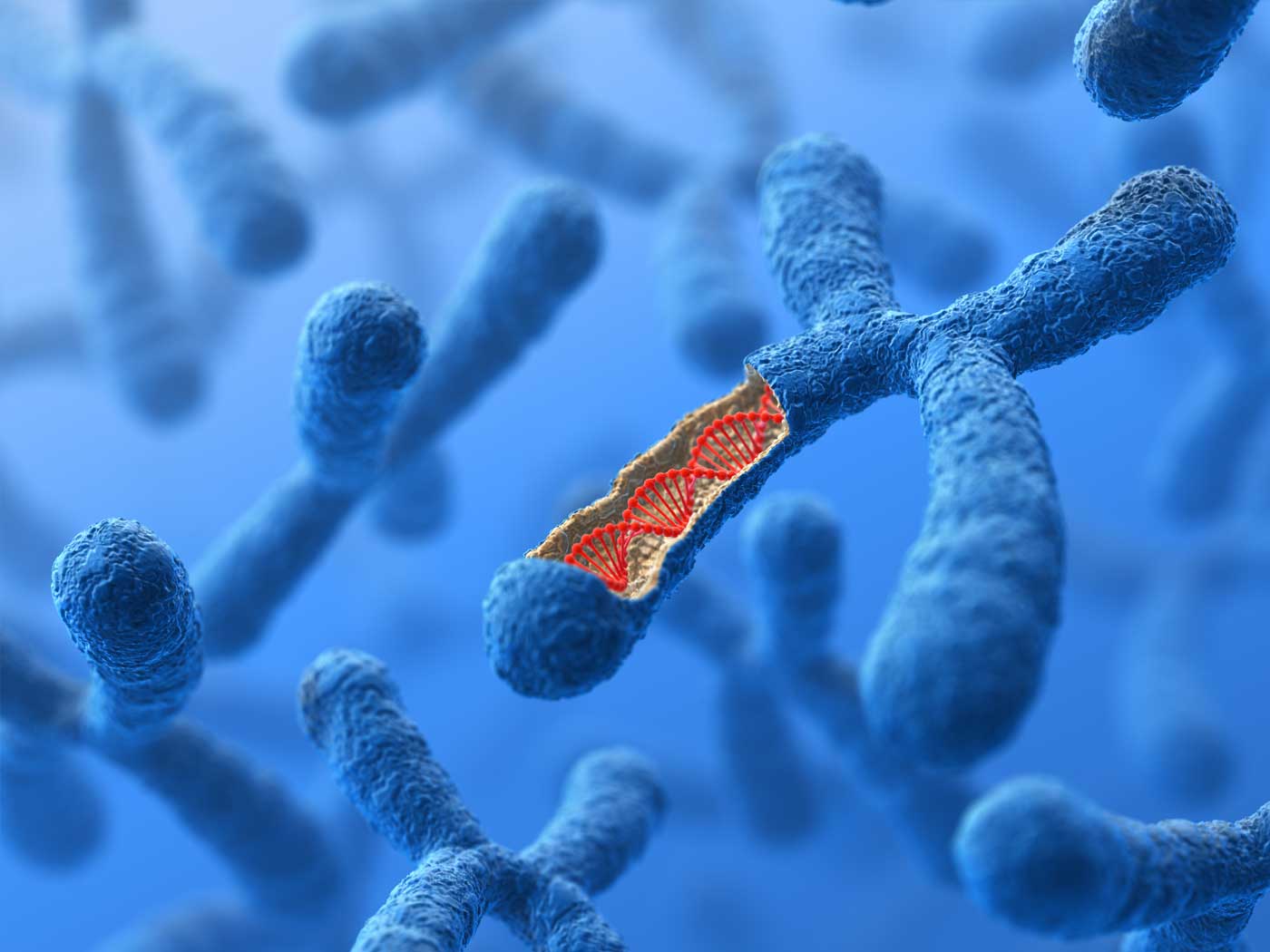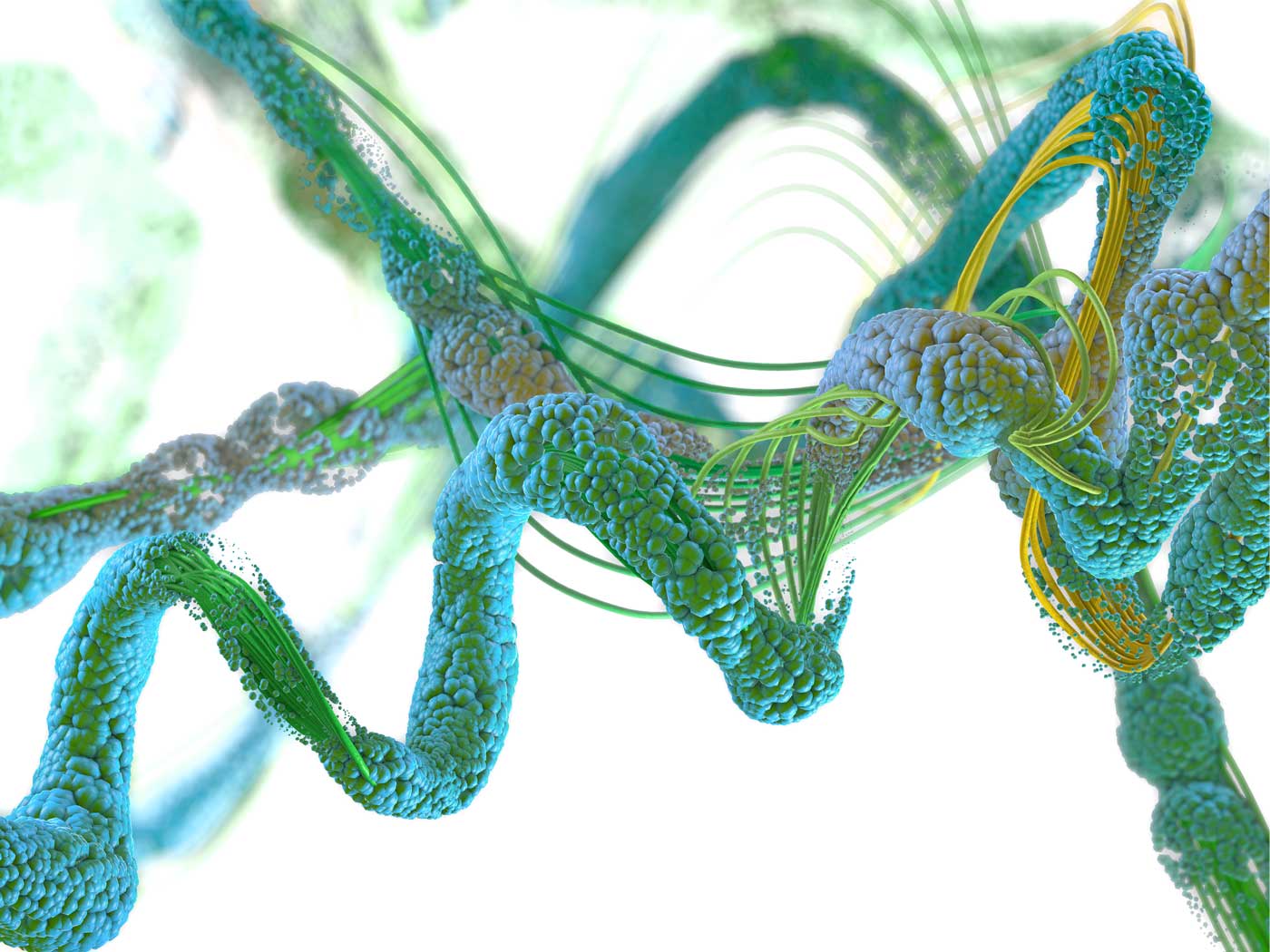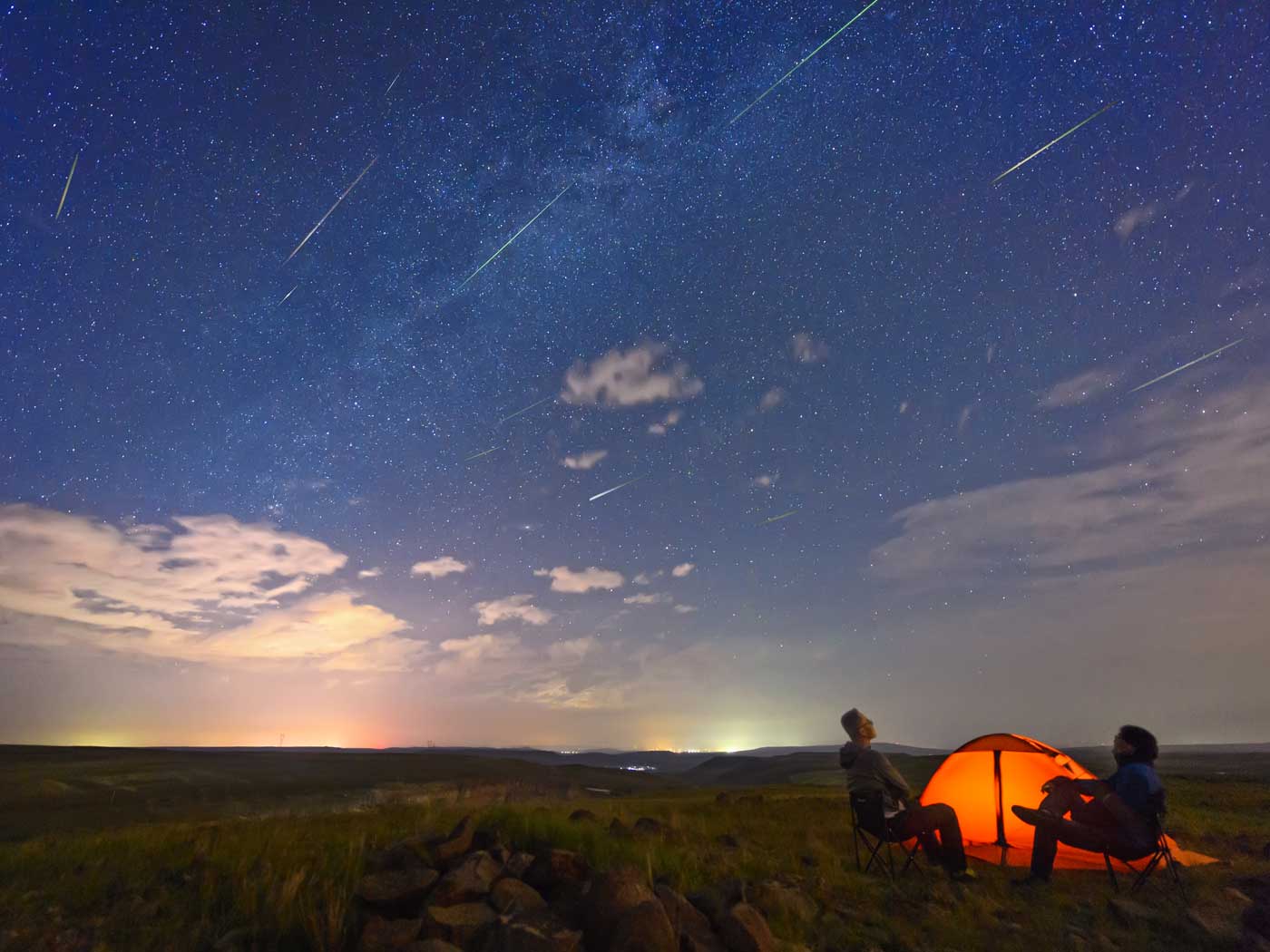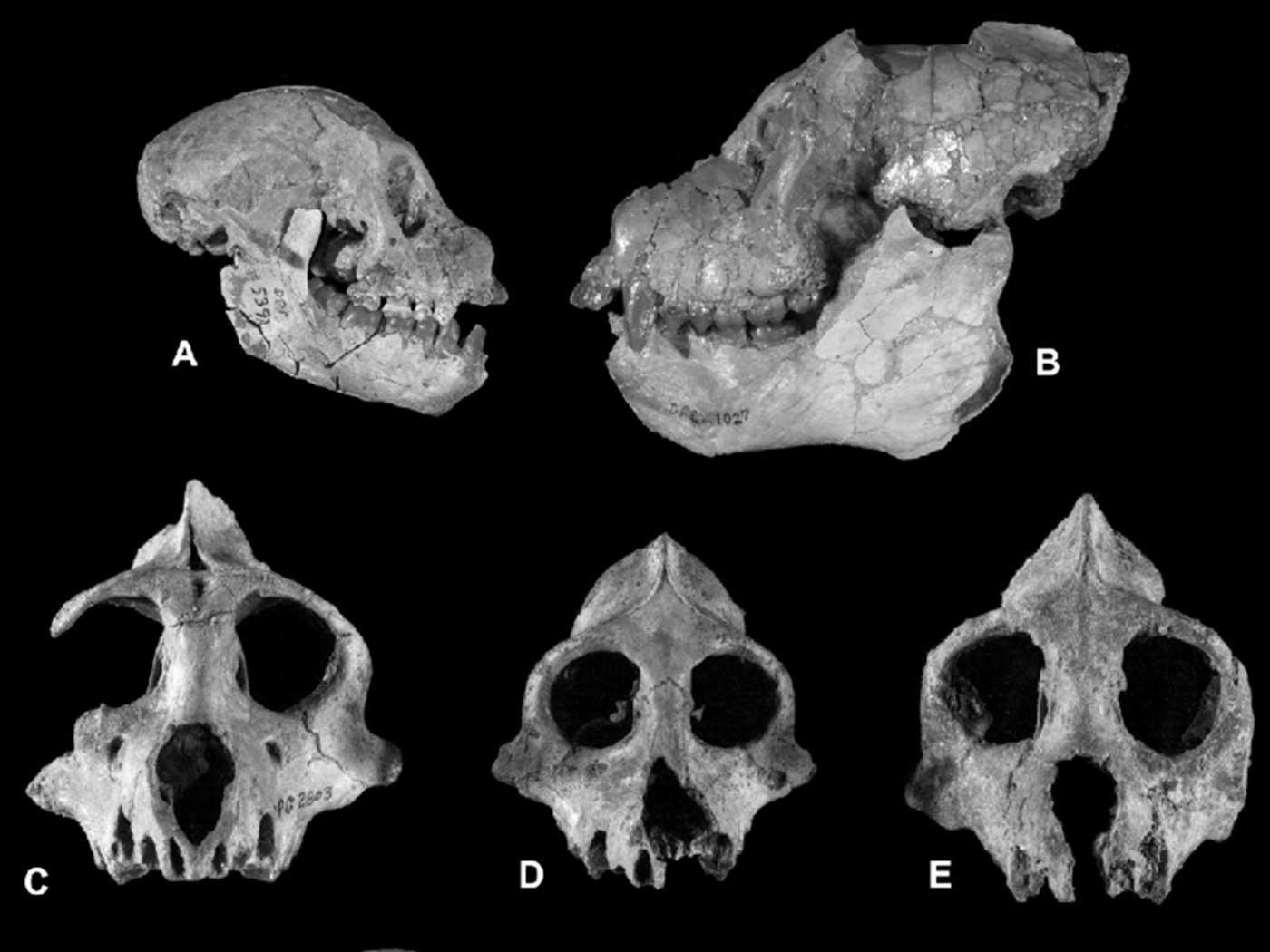Today’s secular mindset replaces “In the beginning God…” with “In the beginning, hydrogen….” The extreme specificity of life’s chemical building blocks—let alone the innumerable, precise ways those chemicals combine to form living cells—demands a divine engineer. What natural processes ever generate even the most basic chemicals that go into living cells? Unfazed by such facts, origin-of-life-by-chance research persists. Experimental arrangements recently offered from this branch of research unwittingly reaffirm the need for a Creator to explain the origin of life.
As one of the many first steps on an imaginary road from chemicals to a living, reproducing cell, meandering carbon has to get prepped for more chemical reactions. Carbon needs to react with other chemicals on its supposed path to becoming sugars, proteins, RNAs, and lipids. Publishing in the Proceedings of the National Academy of Sciences (PNAS), an international team of scientists used NASA funding to show that their specialized device can chemically prepare the carbon atom in CO2 to form formic acid (HCOOH) at room temperature.1 Though spun as a win for origin-of-life-without-God concepts, the experimental setup says otherwise.
American Museum of Natural History (AMNH) scientists led the research. Reporting on their results, AMNH news said the team went through several versions of a microfluidic reactor before they found one that did the job.2 The PNAS paper described the “Y-shaped borosilicate reactor” as having tiny tips through which pumps pushed CO2 and H2 gases.1 All this machinery is sounding less like nature and more like engineering.
The scientists outfitted their microfluidic reactor with Fe(Ni)S. This specific compound prepares the carbon in CO2 by helping transfer electrons to it. The study authors wrote that their device had to have the right pH gradient, hydrogen gas, flow rate, and Fe(Ni)S or it failed to prep the carbon. What are the odds that natural conditions on some early Earth would have mimicked such a precisely designed microfluid reactor, complete with minerals, tiny tubes, and pumps? Projecting such a precise mechanism into some seafloor scenario fits in the realm of speculation more than science.
Research scientists Change Tan and Robert Stadler recently coauthored an excellent book titled The Stairway to Life.3 It shines a bright light on the darkness of origin-of-life research. They summarized why prebiotic scenarios are rife with speculation when they wrote that, “The inherent assumptions, bias, and extraordinarily retrospective nature of prebiotic synthesis implies that this area of science is nearly powerless to distinguish reality from wishful thinking. Desperation in the search for evidence often encourages one to perceive any form of evidence, no matter how unlikely, as compelling.”3
It’s as though these authors read this PNAS study before it was even written.
And after the AMNH team purposefully assembled the third rendition of their microreactor so that it would succeed in producing their desired product, what good would that product do within the imaginary road from chemicals to life?
Formic acid by itself does not combine with other chemicals to make proteins, sugars, or anything close. Its tendency instead, when not directed by a cell’s enzymes, is to react with other chemicals. It could fall right back into CO2, turn into CO, or turn into various organic compounds like esters. It disperses far and wide the whole while instead of clumping into one place to become a cell. Chemical scraps of formic acid, in comparison to the biochemistry in an entire cell, are like a handful of pea gravel blowing across a windy parking lot in a city of skyscrapers.
You need much more than pea gravel to make a city. You need an architect to start. Same with cells.
If it takes a team of scientists multiple attempts to build and specify precise parts into a microreactor just to form some formic acid, then how much more planning and engineering must have gone into crafting actual life? The very experimental arrangements used to show life’s lack of design instead demonstrate design as the best answer for life’s origin.
Stage image: CO2 reduction driven by a pH gradient.
Stage image credit: Reuben Hudson, Ruvan de Graaf, Mari Strandoo Rodin, Aya Ohno, Nick Lane, Shawn E. McGlynn, Yoichi M. A. Yamada, Ryuhei Nakamura, Laura M. Barge, Dieter Braun, Victor Sojo. Proceedings of the National Academy of Sciences. Copyright © 2020. Adapted for use in accordance with federal copyright (fair use doctrine) law. Usage by ICR does not imply endorsement of copyright holders.
References
1. Hudson, R. et al. 2020. CO2 reduction driven by a pH gradient. Proceedings of the National Academy of Sciences. Published online before print September 8, 2020.
2. Process That Might Have Lead [sic] to First Organic Molecules. American Museum of Natural History press release. Posted on AMNH.org September 2020.
3. Tan, C. L. and R. Stadler. 2020. The Stairway to Life: An Origin-of-Life Reality Check. Evorevo Books, 73.
*Dr. Brian Thomas is Research Associate at the Institute for Creation Research and earned his Ph.D. in paleobiochemistry from the University of Liverpool.
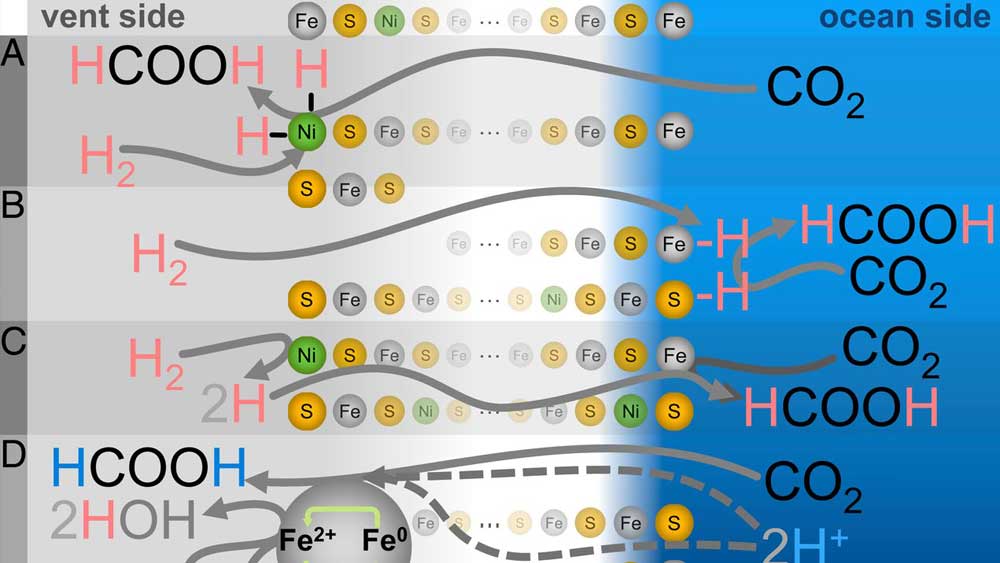
Getting Carbon into the First Cell
The Latest
CREATION PODCAST
Ernst Haeckel: Evolutionary Huckster | The Creation Podcast:...
Ernst Haeckel, a German Zoologist, is famous for developing a series of images of embryos in development called Anthropogenie. These images,...
Bees Master Complex Tasks Through Social Interaction
Bees are simply incredible.1,2 These little furry fliers challenge the very foundation of Darwinism in many diverse ways.
Bees have been...
The Tail of Man’s Supposed Ancestors
Although it has been known for decades and despite insistence to the contrary from the evolutionary community, man—Homo sapiens—has never...
When Day Meets Night—A Total Success!
The skies cleared above North Texas on Monday, April 8, for a spectacular view of the 2024 Great American Solar Eclipse. Hundreds of guests joined...
The Sun and Moon—Designed for Eclipses
Before discovering thousands of planets in other solar systems, scientists tended to assume that other solar systems would be very similar to our own....
Let ICR Help You Prepare for the Great American Solar Eclipse!
On Monday, April 8th, the moon will move directly between the earth and the sun, resulting in a total solar eclipse visible in northern Mexico, much...
Total Eclipse on April 8th
“You alone are the LORD; You have made heaven, the heaven of heavens, with all their host, the earth and everything on it, the seas and all that...
CREATION PODCAST
Dismantling Evolution One Gear At A Time! | The Creation Podcast:...
The human body is a marvel of complexity and the more we learn about it, the more miraculous our existence becomes! Can evolution explain the...
April 2024 ICR Wallpaper
"He appointed the moon for seasons; The sun knows its going down." (Psalm 104:19 NKJV)
ICR April 2024 wallpaper is now available...
Creation's Easter Message
While many Christians still consider the creation doctrine a fringe issue, a proper understanding of the Christian message finds creation at its core...




